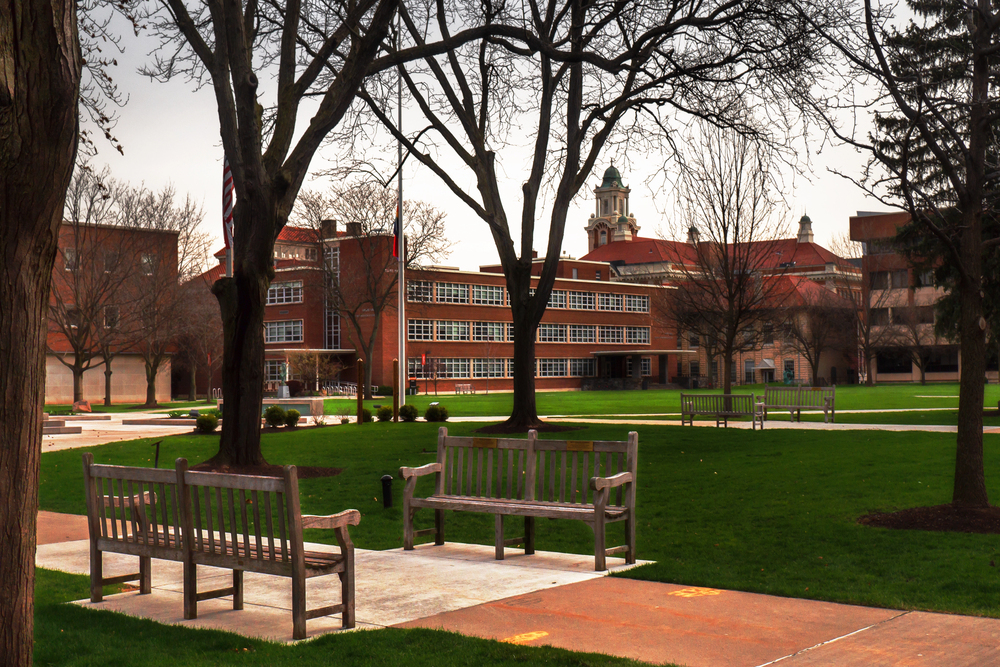
A touching quote is able to emerge in the face of tragedy: “Her presence touched the lives of so many, and she will be deeply missed.” They are the words of Michael McKinney, Vice President for Student Life and Athletics at Thiel College, and are heard echoing down campus corridors when tragedy occurs, reminding everyone just how intertwined the universe of college sports and academics really is.

1. Understanding Sudden Cardiac Arrest in Student-Athletes
Sudden cardiac arrest (SCA) in young apparently healthy athletes is an uncommon but catastrophic occurrence. In college athletes, SCA risk is 1 per year per 54,000, with risk far higher in men and some sports like basketball and football. Women are also not immune and endurance competitions like marathons have dangers. The commonest causes in this group are hypertrophic cardiomyopathy, congenital coronary artery anomalies, and idiopathic left ventricular hypertrophy. Sudden cardiac death is the single most frequent nontraumatic source of death in college athletes, as per recent reports, in roughly 75% of sport and exercise deaths.
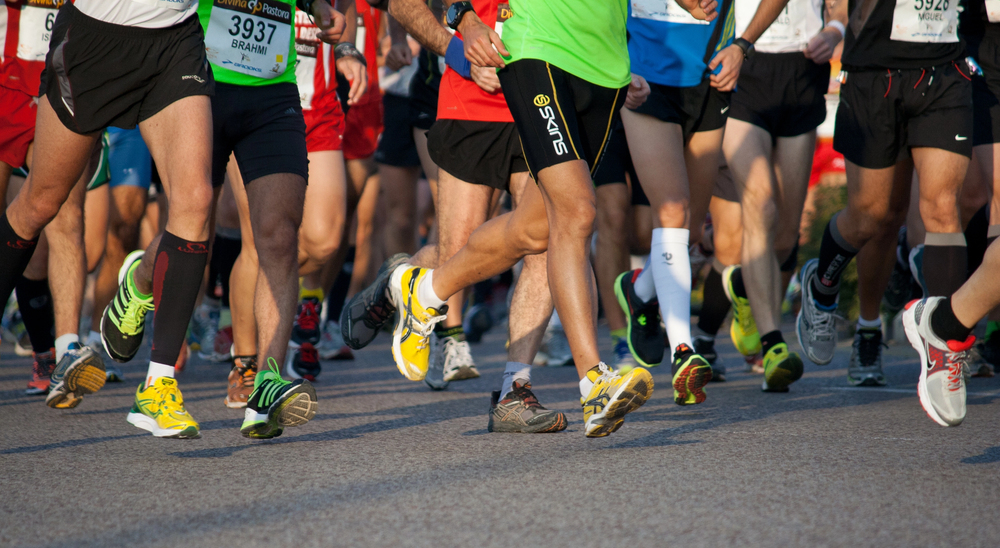
2. Risk Factors and Prevalence in Endurance Events
Even though the absolute risk is small, SCA is more common in men at marathons with increasing age. In one of the prospective studies of more than 4 million participants in a marathon, SCA incidence was 1.7/100,000 participants, where old age and male sex were independent risk factors. Women runners had very few events, and hazard was not associated with increasing age in them.
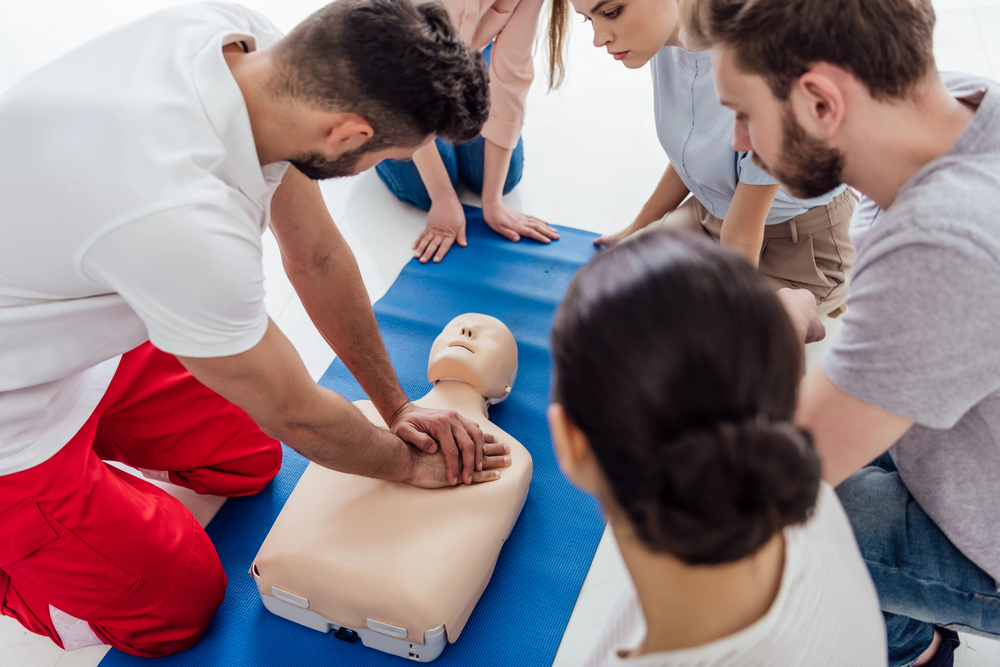
Worth mentioning is the fact that survival is much better today, as evidenced by 98.6% of SCA victims in a study being resuscitated with instantaneous AED application and emergency intervention. The point to remember is that although SCA is a rare incident, it can occur to anyone, and someone should be ready.
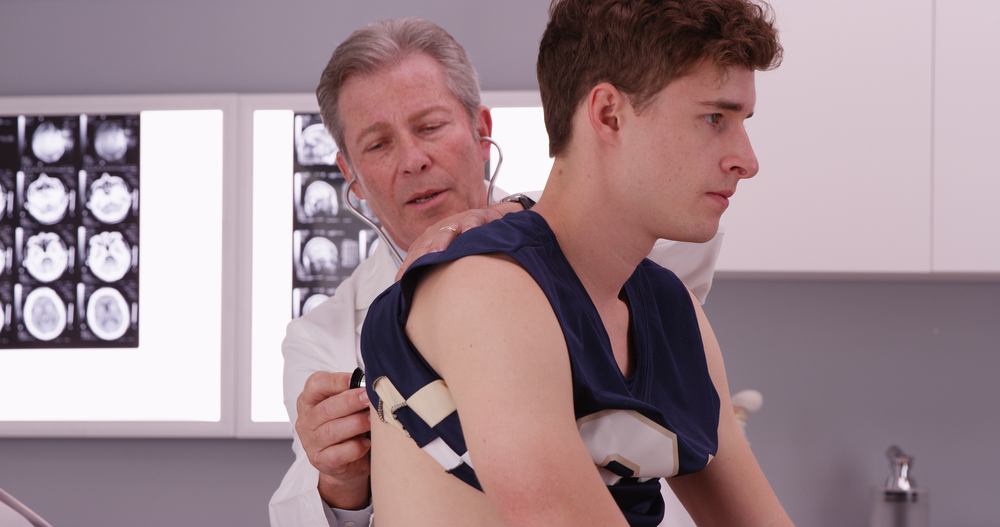
3. Optimizing Cardiac Screening and Prevention Best Practices
Colleges are coming forward with preventive strategies. The NCAA and premier cardiac organizations endorse full pre-participation examination of all student-athletes, including a full personal and family history and physical exam based on the American Heart Association’s 14-point questionnaire. Routine ECGs for all athletes are not yet supported with blanket approval because of cost and interpretation issues, but are being adopted in some schools with budgets. Specialized sports cardiology clinics and regional centers of excellence should be invited to review problematic cases and allow for known risk athletes to be dealt with accordingly.
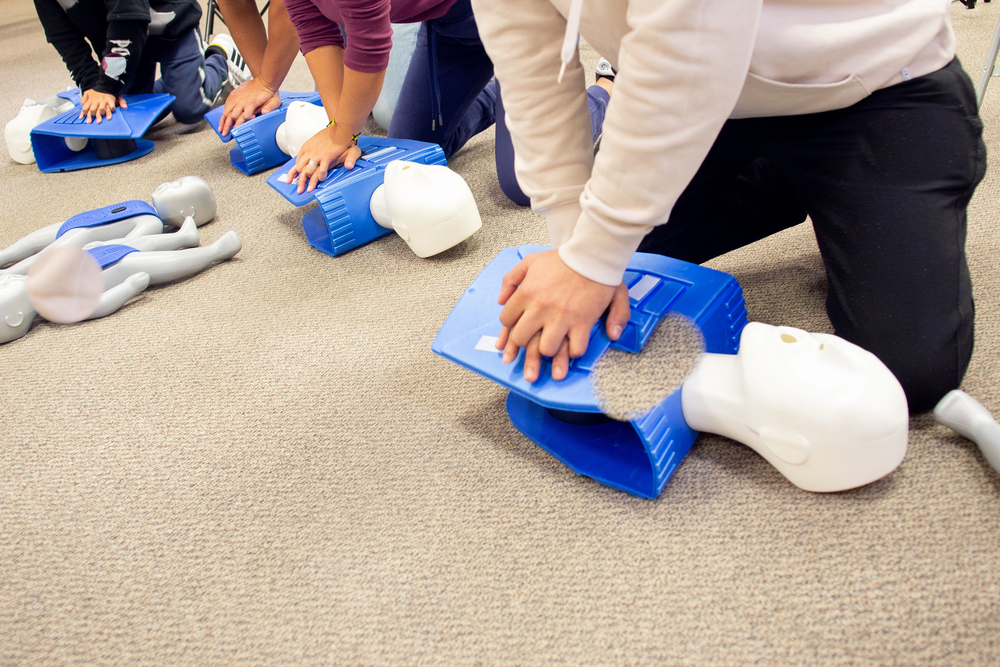
4. Emergency Preparedness: The Game Changer
The silver lining of the last few years has been the superior improvement in SCA survival rates due to well-practiced emergency action plans (EAPs). “Decreasing cardiac death likely highlights the importance of intense emergency planning for events, like being able to quickly provide defibrillation,” say Drs. Nimesh S. Patel and Mark S. Link. Every sports facility needs to have AEDs readily available within three minutes of walking, and employees, coaches, and trainers including, need to be certified in CPR and AED operation. Drills conducted regularly and open-communication policies guarantee that during seconds that matter, help comes swiftly and efficiently.

5. Balancing Academics and Athletics: The Double-Major Challenge
Student-athletes such as Toby Atwood, double-major co-captain, are the acme of successful college athletics. It is not merely discipline that it takes to balance demanding academics with demanding training schedules, but a comprehension campus environment too. Faculty adaptability, open discussion regarding workloads, and availability of academic support all play vital roles to the success of these students in both arenas.
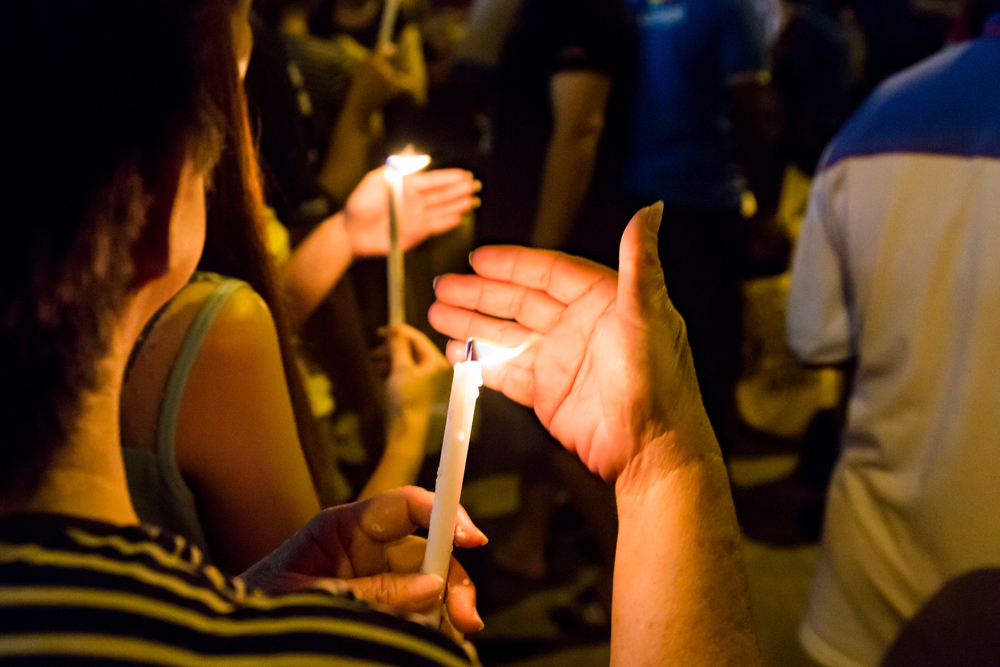
6. The Emotional Ripple Effect on College Communities
A loss to the student-athlete is felt throughout the campus. Grieving is complex and individualized there will be some who require space and others who require connection. “Toby was a light in everyone’s life,” her fraternity stated, acknowledging the profound loss. Colleges are urged to respond with genuineness, offer connection, and make support services visible and available. Having classes or meetings at the same hours but adjusting the schedule to allow time for recalling and sharing can provide a sense of stability and belonging.

7. Support Mechanisms and Mental Health Resources
Campus counseling services are important in assisting students, staff, and faculty to work through their bereavement. Drop-in counseling, outreach initiatives, and memorial services are some of the means through which the community can bond and recover. Academic resilience, mental health breaks, and wellness activities such as group walks, mindfulness, or listening to soothing music may be soothing. As one source emphasizes, “Validate the range of experiences that someone might have.” Encourages members of the community to be supportive of one another and help each other identify support accessible to anyone who feels they could benefit from some further support.

Support groups and grief counseling assist students in coping with loss, while employees are encouraged not to reach beyond themselves but to provide presence and empathy. The world of collegiate athletics is a cloth woven of ambition, camaraderie, and perseverance. At the time of tragedy, the power of this universe is evident through emergency preparedness, through the care provided to the bereaved, and through the continued commitment to safety and excellence.


